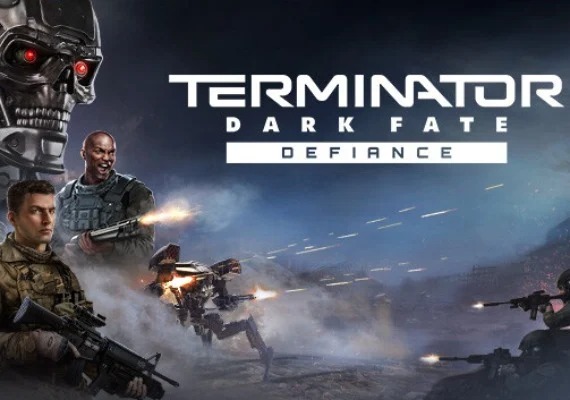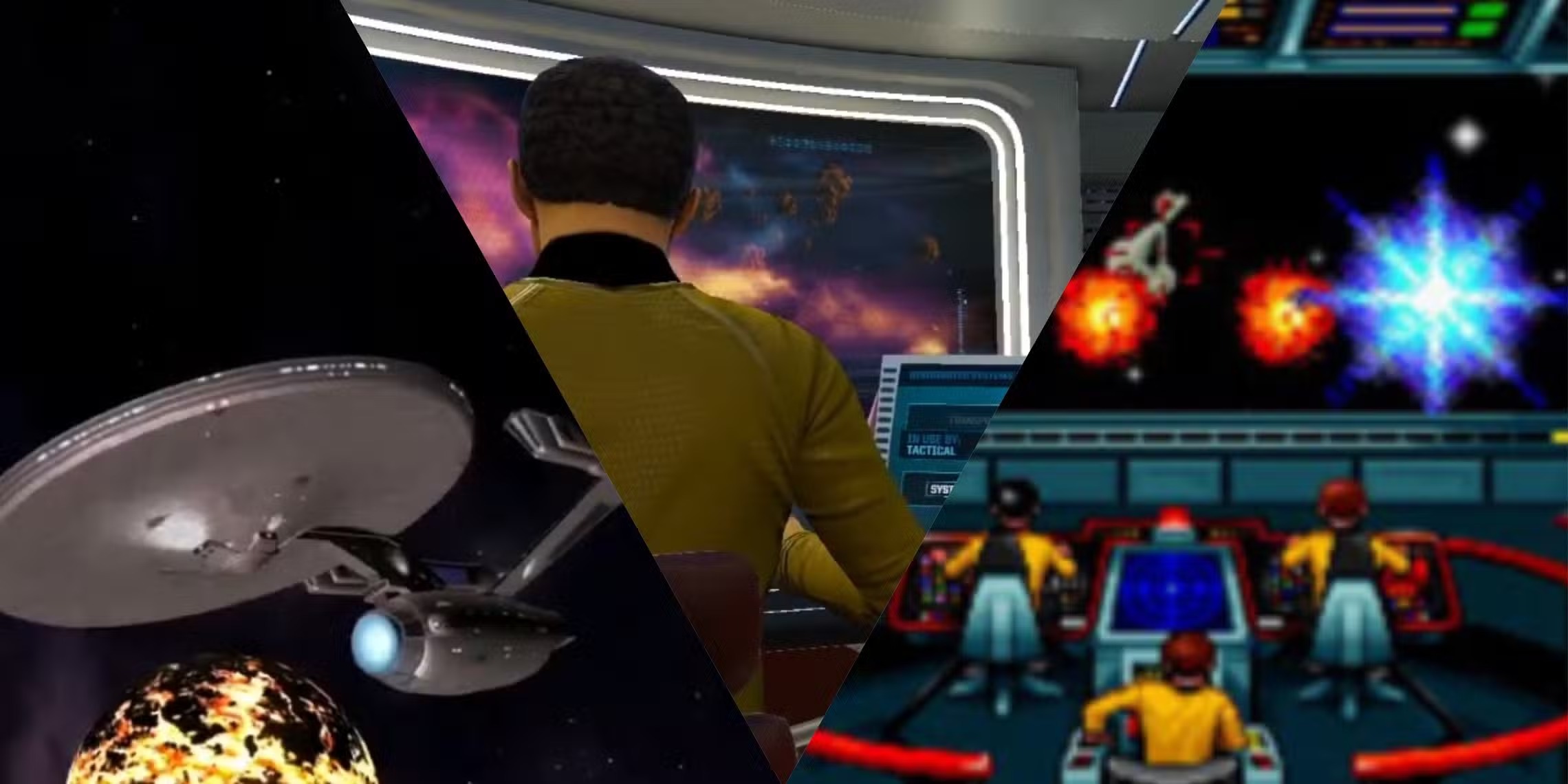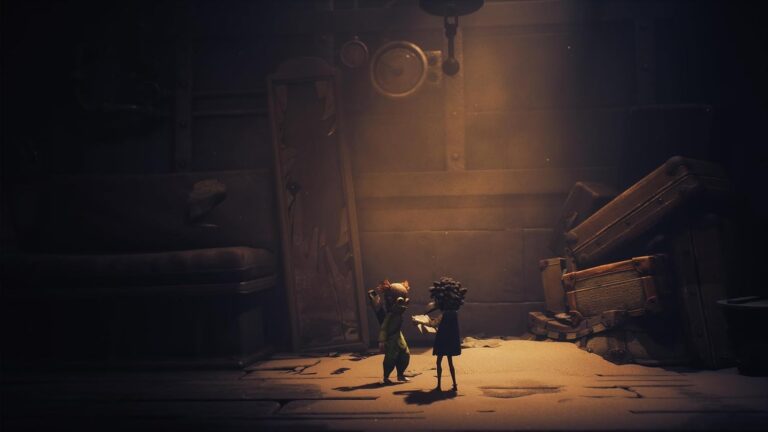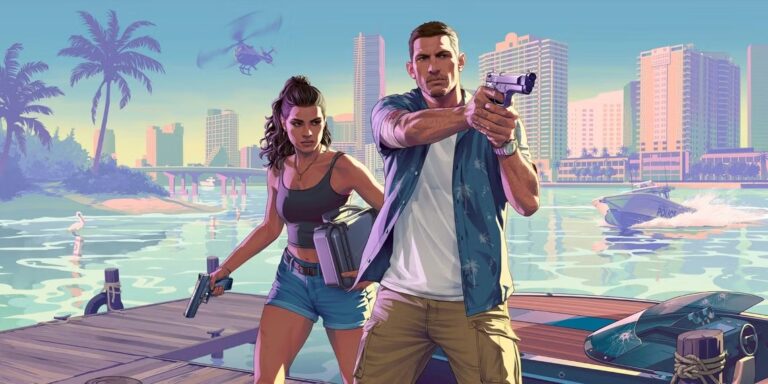Holed up in shell-rocked buildings and hidden in the long grass that fringes the main road through town, my forces are licking their wounds and counting their ammo.
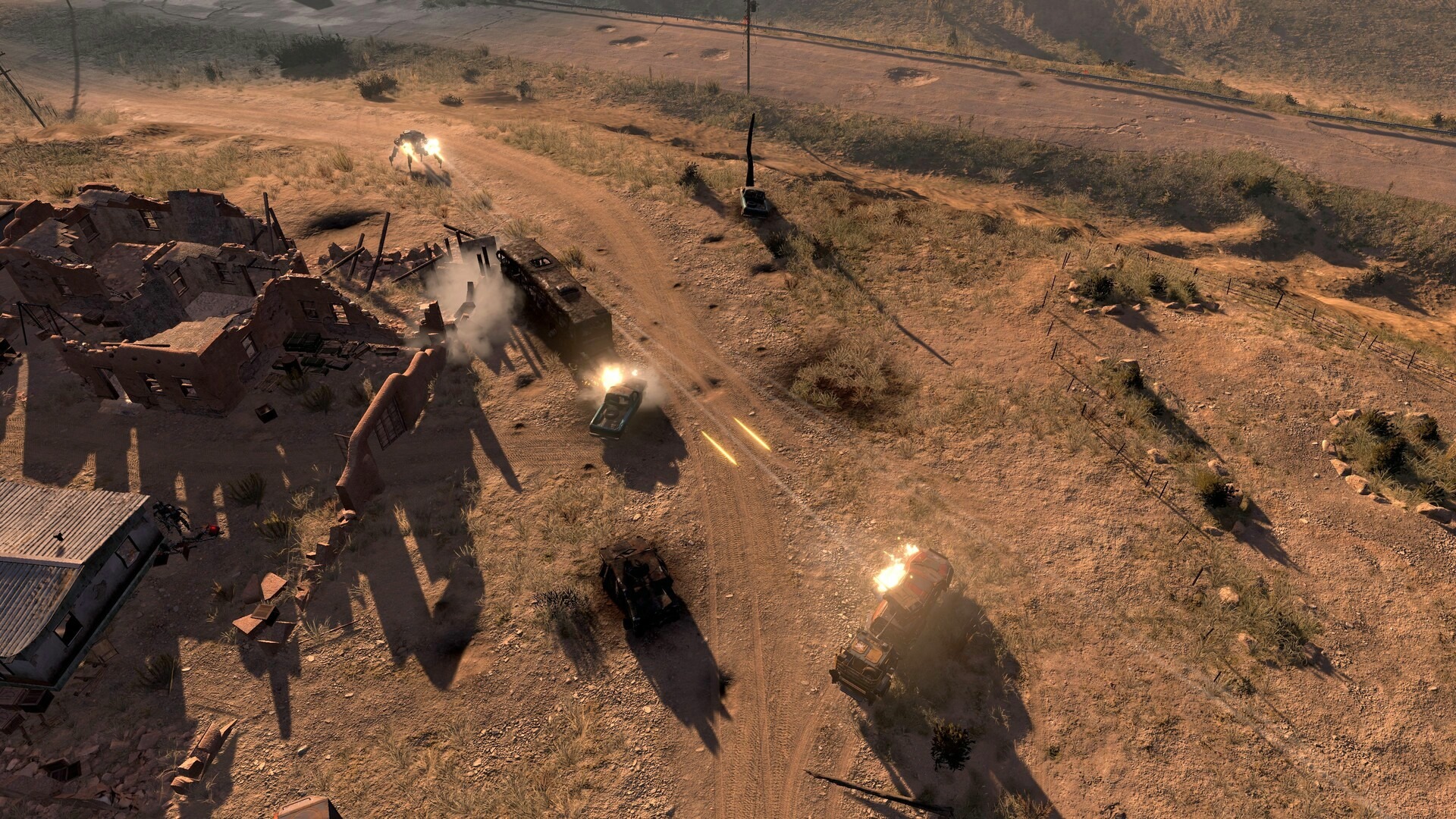
Holed up in shell-rocked buildings and hidden in the long grass that fringes the main road through town, my forces are licking their wounds and counting their ammo. They’ve destroyed four machine convoys already, but there are more to come, and the resistance has cost them. Not one of my squads is at full strength, and the one piece of heavy armor I brought into the mission, an antique M1 Abrams main battle tank built before the AI uprising, is now a burning wreck. Somehow, as is often the case in Terminator: Dark Fate—Defiance, I have to turn these last scraps of humanity into a solid blockade against the machines.
In all of the Terminator films, we see glimpses of the dark future the protagonists are trying to prevent—a world where a military AI creates an army of killer machines and tries to wipe out mankind. Between the nuclear war and the machine rampage that follows, billions die, leaving only the dregs of humanity to resist the machines. In Terminator: Dark Fate—Defiance, you are a commander in that resistance. Whereas other games set in that sci-fi world have put you in the shoes of a single character, Defiance is a real-time tactics game where you lead a battalion of troops, giving you a new perspective on just how hard it is to battle against a merciless mechanical enemy.
A larger human army is trying to take a city in the south from the machines, and my job is to hold this main road, preventing machine reinforcements from getting through. My army is made up of a ragtag group of soldiers and militia troops; some are armed with military-grade weaponry, like the ranger squads and snipers, but the majority are no more than local kids armed with the sorts of weapons you would find in a High Street gun store. It’s not an armory that inspires confidence when you consider the enemy we’re facing.
In the Terminator films, we see how much damage just one robot can do, taking on entire police stations single-handedly; the convoys marching through town are made up of whole squads of these mechanized troops. And, on top of that, there are new machine enemies: dog-like scout machines, suicide drones, spider-legged walkers towering two stories high, and even heavy-tread tanks fitted with plasma cannons.
Despite my successes against the early convoys, I realize I’ve been making costly mistakes, losing troops who could have lived. I’ve been playing too much like the machines I’m facing. To overcome this enemy, I needed to lean into the few advantages my frail humans have over the robots.
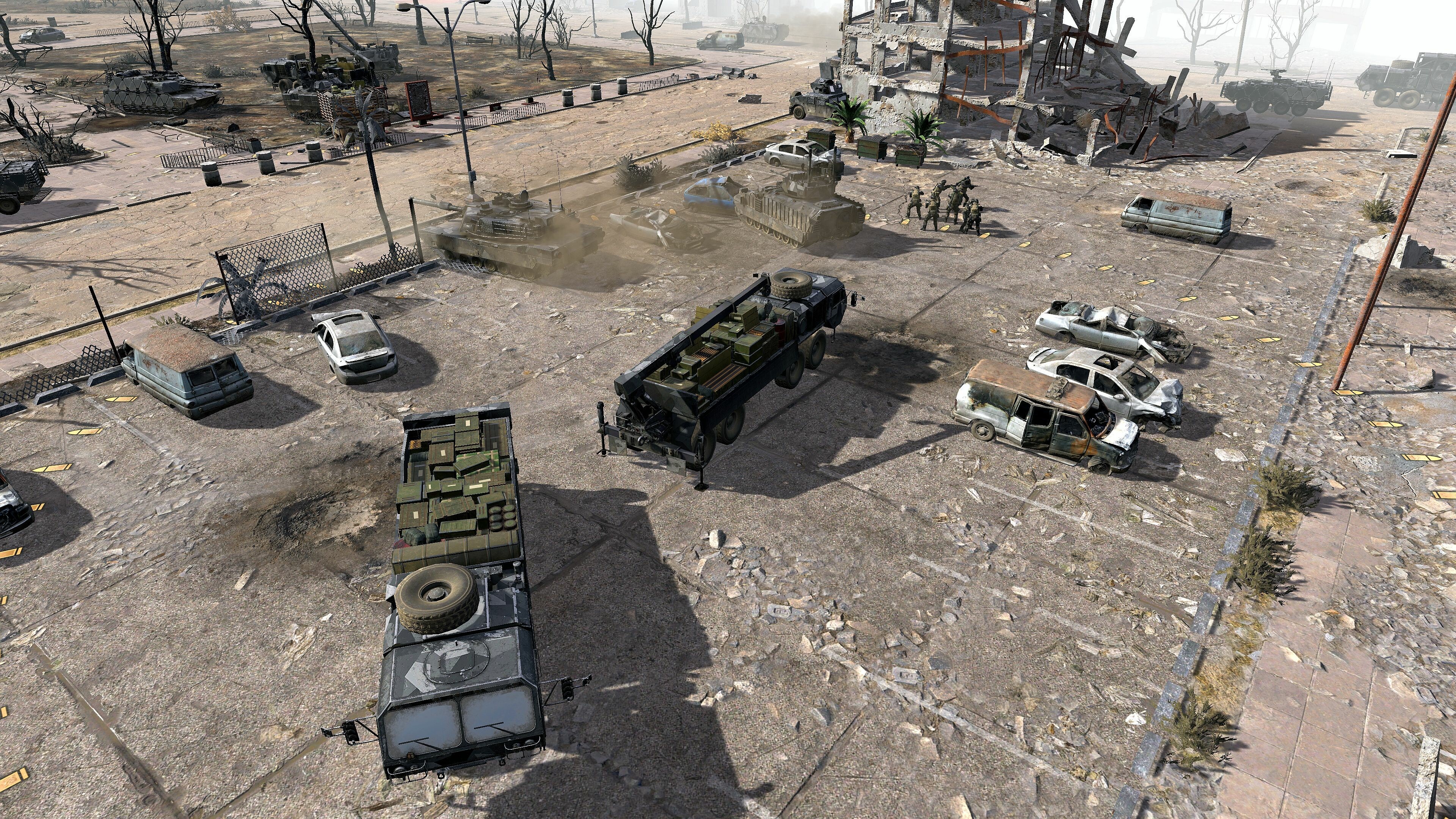
I’ve already been using the buildings that line the main road as cover from enemy fire, putting the thick walls of an old school between my militia and the machines’ plasma weapons. Still, those buildings won’t last much longer without my long-range rocket ammo or tank to destroy the enemy’s heavy armor.
The real problem is one of range. The machines’ tanks and walkers are armed with heavy weapons that can tear through masonry, and the range of this artillery is longer than my militia’s RPGs. If the enemy sees my troops in the building, it can bombard them into dust without my troops being able to hit them with a single rocket in return.
This is where humanity’s first advantage comes into play: years of practice in hide-and-seek.
All of your troops in Defiance will camouflage themselves when left still for a moment, and they will be even better concealed if lying prone or taking shelter in a building. I order the militia hidden in the old school to hold their fire until the machines are within range, waiting for the enemy convoy to come within meters of its walls before ordering them to attack. They launch a rapid volley of explosives into the tanks and walkers before they can turn to fire their guns. The soldiers armed with assault rifles and machine guns tear the robot infantry apart. The machines are an arrogant bunch and don’t appear to believe in taking cover.
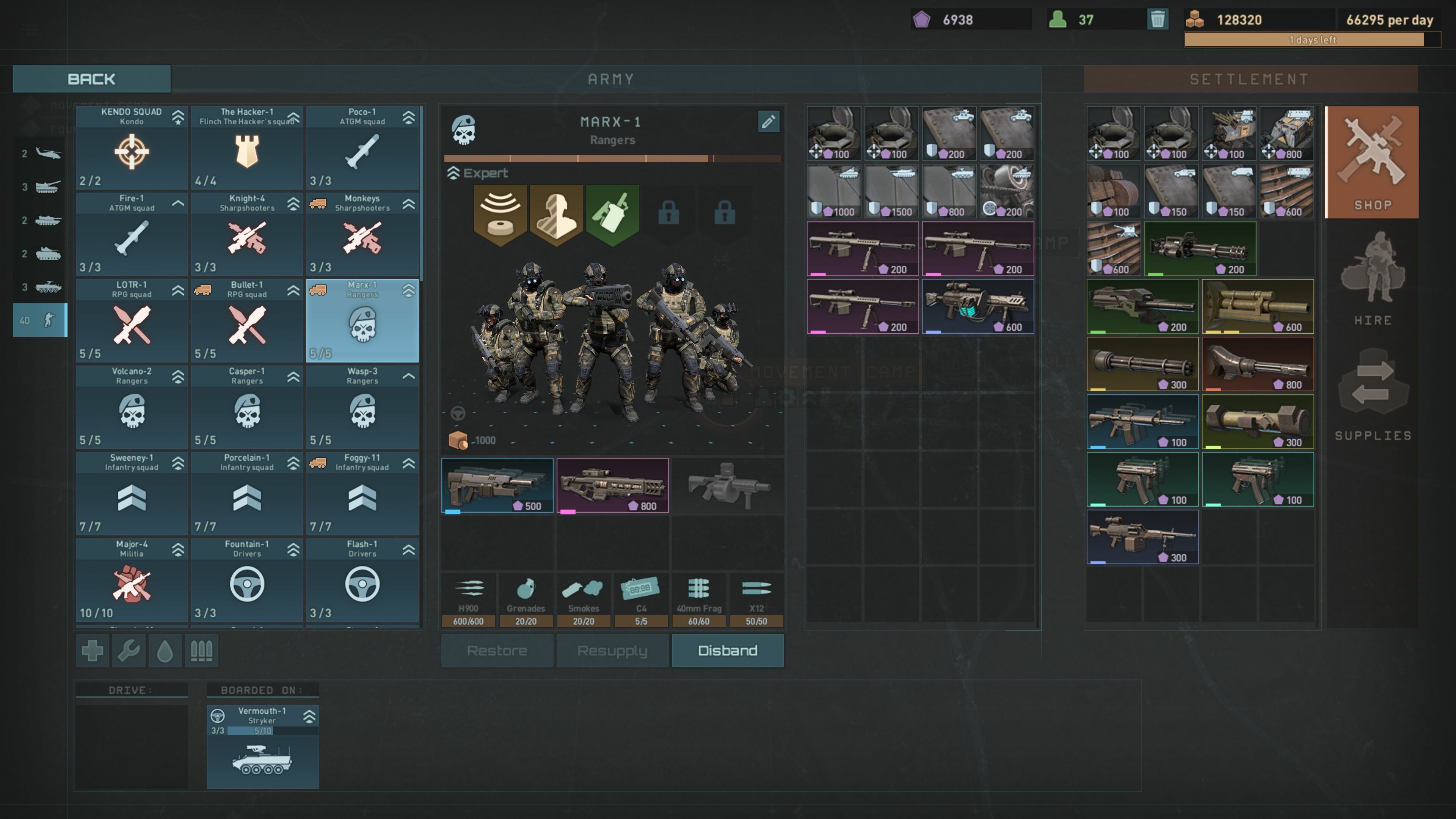
With ammo supplies running low, my forces have to fall back on another ancient human tradition: stealing.
In Defiance, the maps are littered with abandoned vehicles, trailers, and, sometimes, fuel and supply trucks. You need to view your troops not as an official army but rather as a group of well-intentioned individuals who will scavenge what they need to fight the good fight.
In a small hamlet off the main road a few kilometers to the southwest, I spotted an abandoned supply trailer. It’s not fully stocked, but if I can bring it to the front line, it should give my militia the ammo they need to hold off at least another couple of waves. I can even rearm my ex-military guys who have long-range anti-tank missiles.
While I did have a truck, one armed with a .50 caliber machine gun mounted to the back, it went the way of the Abrams. This is one of the mistakes I made early in the battle. It’s easy to see vehicles in Defiance as top-tier units, ones that carry the big guns and armor-plating, but what they often turn out to be are big targets. Your soldiers who can spread out, take cover, and hide are much better frontline fighters, presenting smaller targets and carrying weapons that are often as powerful. Your vehicles, more often than not, aren’t for fighting; they’re for relocating troops, hauling equipment, or, in a pinch, laying down fire as your soldiers pull back.
I may have lost the truck to an enemy plasma cannon, but the crew escaped the burning vehicle before the gas tank exploded. I sent them to hide in a nearby building and—because the drivers are armed only with small guns that have little use against the machines—promptly forgot about them. Now it would be their time to shine.
Defiance is more complex than it may first appear. Squads are made up of individual soldiers who can die; weapons can run out of ammo; vehicles can run out of fuel; discarded weapons can be picked up from the ground; and abandoned cars can be crewed with new drivers. Scanning around the parking lots near where my car-less crew were hiding, I spotted a derelict truck. I’d ignored it before because, unlike the one I lost, this vehicle has no gun and no armor. It’s just an old SUV. What it does have, though, is a trailer attachment.
Sending a squad of rangers with them for protection, I have the crew commandeer the truck and drive it out to the village to retrieve the supply trailer. I’m all set to bring it back to the school when the next convoy of machines arrives.
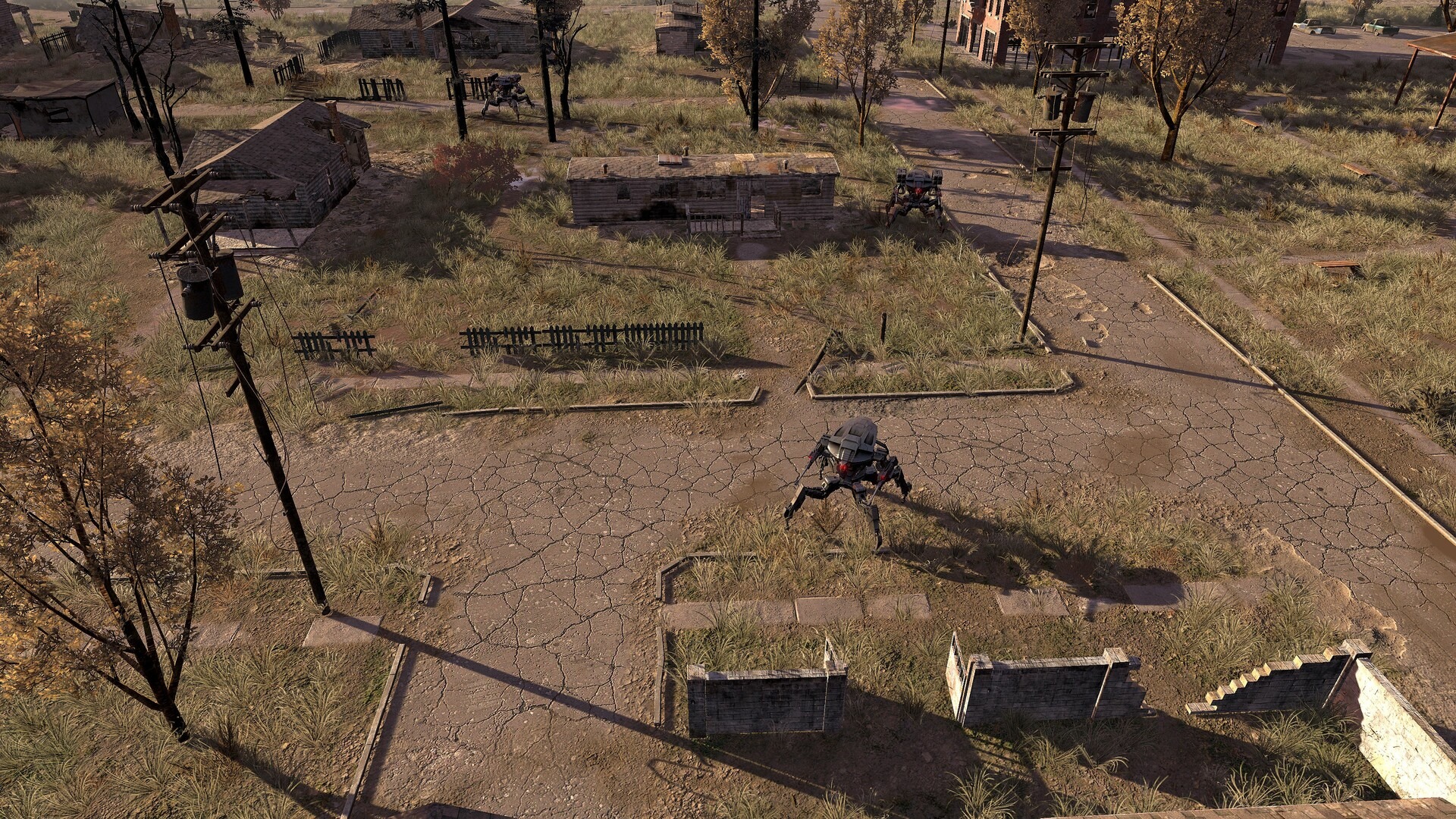
Low on munitions, my troops in the school have no hope of fighting off the tanks and walkers, so I hatch a plan. We can mount a hasty defense further down the road. I abandon the building and send my soldiers south. There’s no time to take a route out of sight from the road, so I have to hope they can get to the rendezvous point without the incoming machine convoy catching up with them. I redirect the truck with the supply trailer to the new meeting point, and, when it arrives, tell the crew to abandon their vehicle and take control of the supply trailer, readying themselves to hand out rockets and bullets when the rest of the troops arrive.
The machines come sooner than I hoped; a whole host of tanks, walkers, and metal infantry eat up the road before them. The anti-tank troops won’t reach the rendezvous point before they’re overtaken and chewed up by the robots, so I sacrifice some of the depleted units of militia. Leaving them hiding at the roadside to launch distracting ambushes when the convoy comes close. They barely scratch the machines’ armor, but each time they appear and fire on the robots, it forces them to stop.
The distractions do the trick, and my infantry units reach the supply truck with time to load up their weapons. Not just the RPGs, but the proper long-range anti-tank missiles. By the time the convoy reaches me, I’m able to destroy the tanks and walkers with relative ease and tear the remaining robots to shreds.
The mission is, on paper, a success, but I’ve lost my tank, dozens of soldiers, whole units of militia, and this army will now need to march on to the next battle, arriving only with the gear and supplies that they leave this battlefield with. Because Terminator: Dark Fate—Defiance isn’t about winning a single battle. It’s about waging a war—one you can only win by fighting like a human, not a machine.
Thanks to Julian Benson at Epic Games

